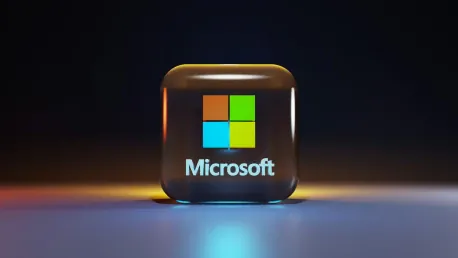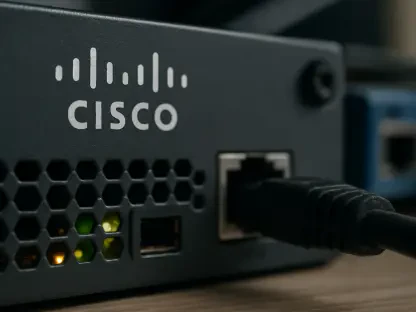Microsoft has launched a massive transformation of its cloud environment under the Secure Future Initiative (SFI) to address and mitigate risks from leaks, vulnerabilities, exploits, and hacker attacks. This comprehensive effort involves the removal of 730,000 unused apps and 5.75 million inactive tenants from its systems, which are seen as potential vulnerabilities. In addition, Microsoft has significantly bolstered its security measures by issuing 15,000 secure devices to production teams and instituting video-based identity verification for 95% of staff. Furthermore, enhancements have been made to the security features of Entra ID and Microsoft Account authentication processes as part of this initiative.
New Security Measures and Enhancements
In response to the increased threat landscape, Microsoft has implemented a range of new security measures. These include a lifecycle management system for tenant environments, ensuring that unused or obsolete tenant accounts are promptly deactivated. Another key measure is the Azure Managed Hardware Security Module (HSM), which is now employed for generating and rotating access token signage keys, providing a higher level of security for access tokens. Moreover, Microsoft has improved its logging capabilities by requiring the use of standard libraries for security audit logs in production infrastructure. Network devices have also been equipped with central security log collection software to enhance threat detection and response.
The SFI’s comprehensive strategy is built around six pillars: protecting identities and secrets, isolating production systems, improving network security, safeguarding development environments, enhancing threat detection, and improving incident response and remediation speed. These measures aim to create a more resilient and secure cloud environment for Microsoft’s vast user base. The initiative was largely driven by significant cyber-attacks from Russian and Chinese hackers, including the notorious breaches orchestrated by groups like Midnight Blizzard and Storm-0558. These groups managed to compromise key Microsoft systems and access sensitive information belonging to high-profile individuals.
Addressing Past Failures
Microsoft has embarked on a comprehensive overhaul of its cloud environment under the Secure Future Initiative (SFI) to combat and minimize risks associated with data leaks, security vulnerabilities, exploits, and hacker intrusions. As part of this major initiative, the tech giant is purging its systems of 730,000 unused applications and 5.75 million inactive tenants, both considered potential security threats. Beyond this, Microsoft has substantially fortified its defenses by distributing 15,000 secure devices to its production teams and implementing video-based identity verification for 95% of its workforce. These measures significantly reinforce the company’s security posture. Additionally, Microsoft has made significant improvements to the security features of Entra ID and Microsoft Account authentication processes, further safeguarding user identities and protecting sensitive data. These strategic efforts reflect a robust and forward-thinking approach aimed at ensuring a more secure cloud environment for all users.









